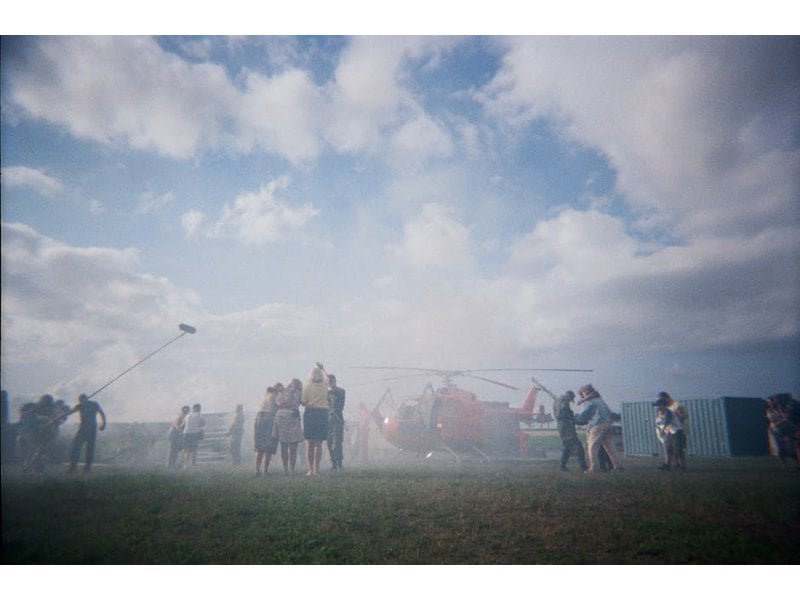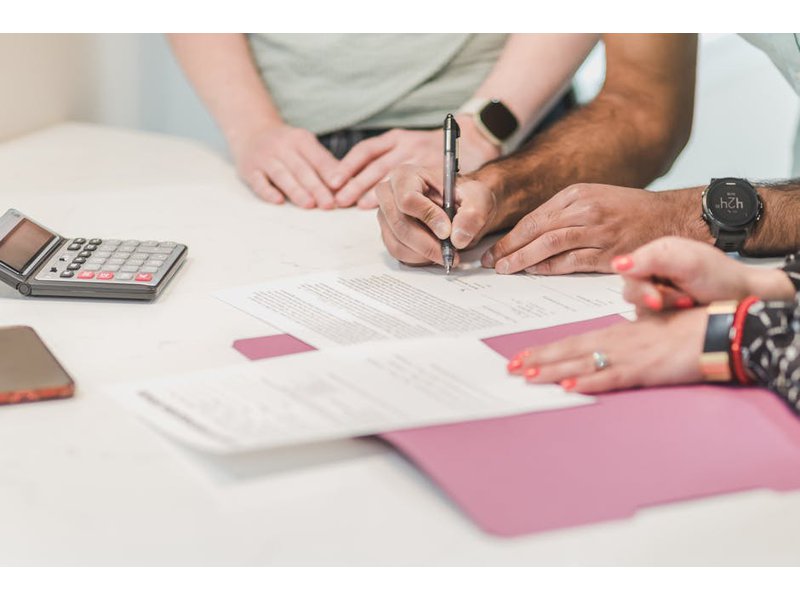198 dual sovereignty and parallel government
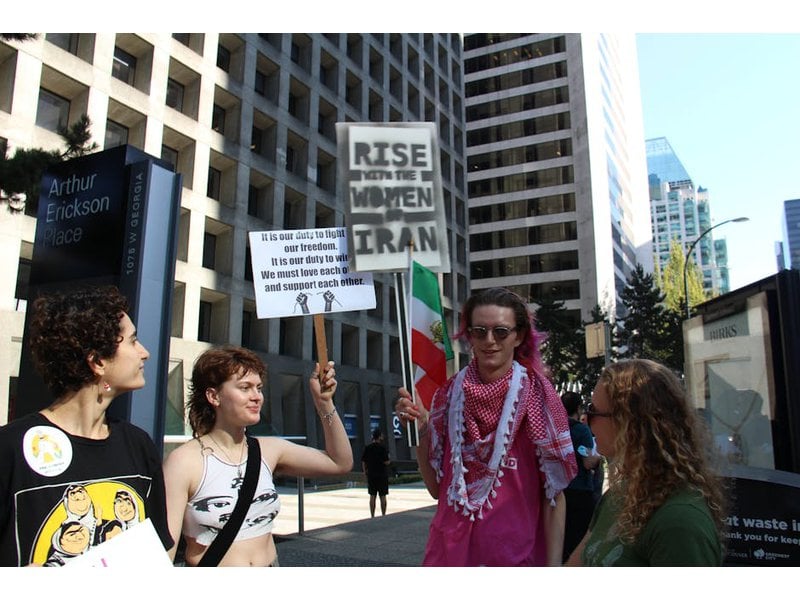
"This method involves the creation of a new government, or continued loyalty to an existing rival government to that of the opponent. If the parallel government receives overwhelming support from the populace, it may replace the opponent’s established government. This extreme development of alternative political institutions has only rarely been deliberately initiated and developed; more commonly it has been an unanticipated product of a massive resistance or revolutionary struggle. Although the examples here refer to this type of situation, comparable cases of parallel government may also occur when the population of an occupied country continues to obey the legal government deposed by the invader and to deny the legitimacy of the invader’s regime and hence disobey it."...
Potentially awesome partners
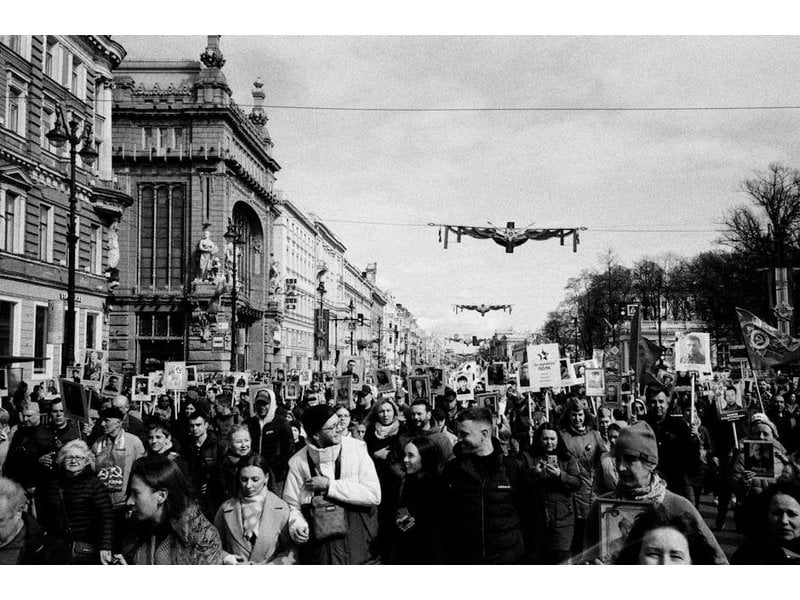
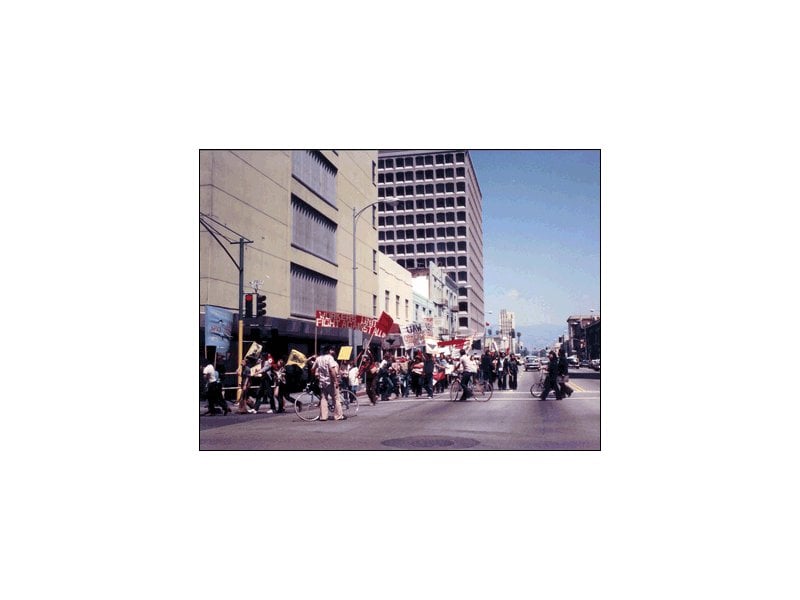
Potentially problematic matches
High scoring campaigns using this method
Historical cases from the Nonviolent Action Database that used this method
Bardoli peasants campaign against the Government of Bombay, 1928
The Bombay Government (through its Revenue Department) had, in 1927, enhanced the land revenue assessment in the Bardoli taluka (county) by a nominal 22 percent, which, when applied, amounted in some cases to as much as 60 percent enhancement. This t...
Hungarians campaign for independence from Austrian Empire, 1859-1867
In the 1840’s there were high tensions between Hungary and the Austrian Empire. Hungary, a part of the larger Austrian Empire, was characterized by nationalistic fervor and that feeling erupted in a violent insurgency in 1848. Franz Josef, the empero...
Ukrainians overthrow dictatorship (Orange Revolution), 2004
The October 31, 2004, presidential elections in Ukraine pitted popular opposition candidate Viktor Yushchenko against Prime Minister Viktor Yanukovych. The incumbent president, Leonid Kuchma, had personally chosen Yanukovych as his successor, but the...
Plebeians win victory for the rule of law in Ancient Rome, 449 BCE. (See also 494 campaign.)
One of the most fundamental characteristics of civilization is the rule of law. For the last few millennia, it has been recognized that as levels of human organization expand past the size of tribes and villages into more complex societies such as ci...
Norwegian workers, women campaign for independence from Sweden, 1905
The kingdom of Denmark ruled Norway until May 1814, when Sweden defeated Denmark in the Napoleonic Wars. On 4 November 1814, Sweden took control of Norway, and the United Kingdoms of Sweden and Norway shared a Swedish monarch. Still, Norway retained ...
Madagascar general strike in support of Marc Ravolomanana, 2002
Madagascar was officially proclaimed a colony of France in 1896, and gained independence in June 1960. For the first couple decades following independence, one-party rule and political turmoil, including violent and nonviolent struggle, characterized...
Latvians campaign for national independence, 1989-1991
The Baltic republics of Latvia, Estonia and Lithuania achieved their independence from the Soviet Union by conducting movements based on nonviolence. Tactics included: nonviolent protests, noncooperation, and defiance to combat Soviet military interv...
Lithuanians campaign for national independence, 1988-1991
Russia first occupied Lithuania and introduced a program of “Russification,” an attempt to eliminate Lithuanian language and culture in favor of Russian culture, in the mid-19th century. After 22 years of independence from Russia, the Molotov-Ribbent...
German citizens defend democracy against Kapp Putsch, 1920
In March 1920, Walther von Lüttwitz, a commanding general in the German army, and Wolfgang Kapp, a German provincial official (with the help of a few other German officials, such as Chief of Staff, General Hans von Seeckt and his collaborators in the...
Estonians campaign for independence (The Singing Revolution), 1987-1991
Estonians have long held a tradition of singing. Beginning in 1869, Estonians have held a song festival every five years called the Laulupidu during which thousands of Estonians gather to sing together. During the 1940s, the Soviet Union invaded and ...
Low scoring campaigns using this method
Historical cases from the Nonviolent Action Database that used this method
Palestinians wage nonviolent campaign during First Intifada, 1987-1988
EDITOR'S NOTE: Regarding the First Intifada as "nonviolent" is controversial because of the violence that accompanied the campaign. Aden Tedla's narrative does not try to hide the violent dimension. Three considerations lead us to include the case in...
Belarusians protest against President Lukashenko's sixth term, 2020
Alexander Lukashenko first assumed office as the president of Belarus in 1994. In the years to follow, he consolidated his power through increasingly authoritarian rule. Although the government held presidential elections to re-appoint Lukashenko for...

